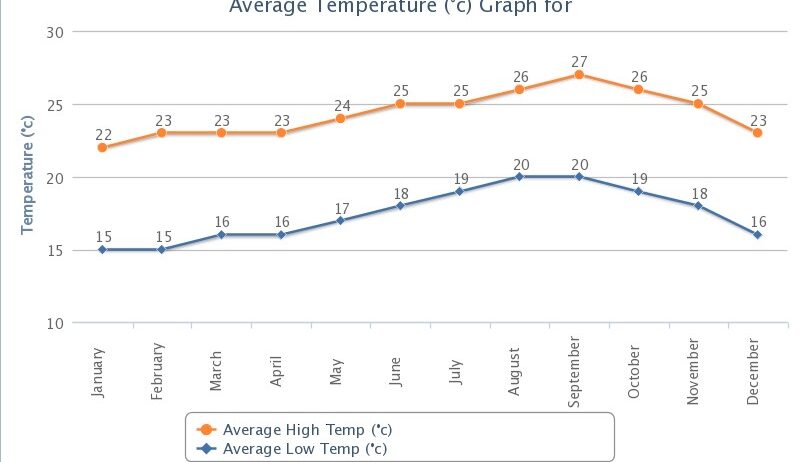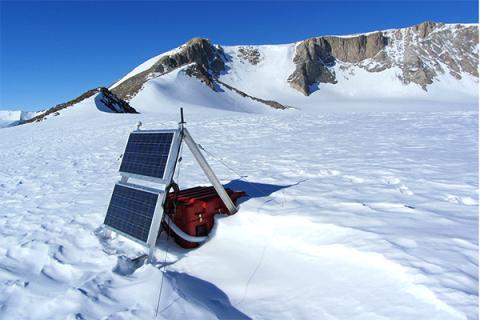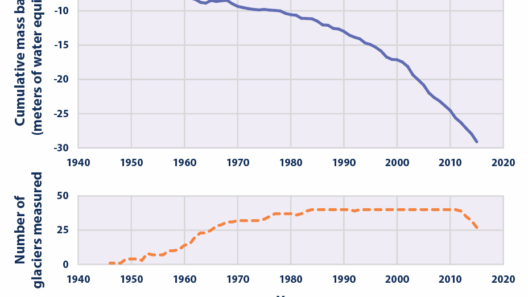The Sahara Desert, an expanse of arid land stretching across Northern Africa, presents an intriguing paradox of meteorological phenomena. This vast desert, often synonymous with unrelenting heat and desolation, captivates the imagination. Its climate, characterized by scorching days and frigid nights, is a subject of fascination not merely due to its extremes but also because of the underlying mechanisms driving these conditions.
At first glance, one might envision the Sahara as a singularly hot entity, a place where the sun reigns supreme, dictating the behaviors of both flora and fauna. However, the reality is more nuanced. The region experiences a hyper-arid climate, classified under the Köppen climate classification as BWh (arid, hot desert). Temperatures in the daytime frequently soar above 40°C (104°F), often peaking at ups of 50°C (122°F) in certain areas, especially in the lower latitudes. Yet, as the sun descends, the temperature plummets, with nighttime lows often sinking to near-freezing levels in winter months. In some places, temperatures can drop to as low as 0°C (32°F). This dramatic temperature variation within a span of hours invites curiosity and raises questions about the desert’s inherent dynamics.
One cannot overlook the intense solar radiation that bathes the Sahara. The desert’s geographic position, lying predominantly between latitudes 15° and 30° North, ensures it receives an abundance of sunlight throughout the year. The clear skies are a hallmark of the region, with precipitation remaining elusive. Annual rainfall averages a mere 15 to 25 millimeters (0.6 to 1 inch) in the driest regions, while the more temperate areas may receive up to 100 millimeters (3.9 inches). This scant precipitation underscores the aridity that defines the region’s climate. When rain does grace the desolate soil, it is often fleeting, resulting in quick evaporation due to the intense heat and dry air.
Humidity levels in the Sahara typically hover around a meager 10%, amplifying the perception of thirst and desiccation. The combination of high temperatures and low humidity creates a unique environment known for its temperature gradients. These contrasts not only impact human comfort but also dictate the unique adaptations exhibited by the region’s inhabitants. Plants like succulents and cacti evolve to conserve moisture, while animals such as the fennec fox have developed nocturnal behaviors to avoid the blistering daytime heat.
The unique atmospheric conditions of the Sahara also contribute to the vastness of its sandy terrain. Winds, particularly the Harmattan, a dry and dusty trade wind, can transport fine particles across immense distances, leading to the formation of dunes and shifting landscapes. These winds play a pivotal role in the climatic narrative of the Sahara. They contribute to the mobility of sand, which not only sculpts the physical environment but also affects localized weather patterns.
A deeper investigation into the Sahara’s climate reveals significant seasonal variations that affect temperature, precipitation, and even vegetation. The cool season, which lasts from December to February, sees milder temperatures, attracting not only species better adapted to cooler climates but also humans who seek refuge from the intense summer heat. Conversely, the summer months see a resurgence in heat, often translated into vivid mirages on the horizon. The sun, relentless in its pursuit, instigates irregular weather patterns, including the rare occurrence of thunderstorms, which can momentarily disrupt the prevailing desiccation.
This variability incites human activities, demonstrating the Sahara’s dual role as a barrier and a conduit. Historically, it has separated populations, fostering unique cultural developments while simultaneously offering fleeting routes for trade and migration. The adaptation strategies developed by communities within and around the Sahara reflect an extraordinary resilience. Nomadic tribes exhibit impressive adaptability, utilizing traditional knowledge of the environment to navigate and thrive amidst extremes, often setting up camps that take full advantage of seasonal shifts and resource movement.
The fascination surrounding the Sahara’s climate extends beyond mere temperature charts. It reveals a complex interplay between geography, biology, and human ingenuity. This arid environment serves not only as a testament to the harsh realities of climate but also as a canvas upon which life has painted diverse stories of survival and adaptability. Observers can glean insights into ecological balance, the impact of climate change, and the evolving relationship between humanity and its environment.
The starkness of the Sahara’s climate serves as a reminder of our planet’s fragility. As global temperatures rise, the implications for regions like the Sahara become increasingly pertinent. The delicate balance of life in such extreme conditions is threatened, and understanding the mechanics of this arid landscape is vital for nations grappling with climate change and its ramifications. The Sahara, with its extremes, not only paints a picture of a harsh environment but also acts as a bellwether for broader environmental shifts impacting ecosystems worldwide.
In conclusion, the Sahara Desert encapsulates a climate full of extremes – scorching days and chilly nights – that challenge the boundaries of life in one of the harshest environments on Earth. By dissecting its meteorological intricacies, we can foster a deeper appreciation for biodiversity, resilience, and the pressing necessity for conservation endeavors amid the looming threat of climate change.





